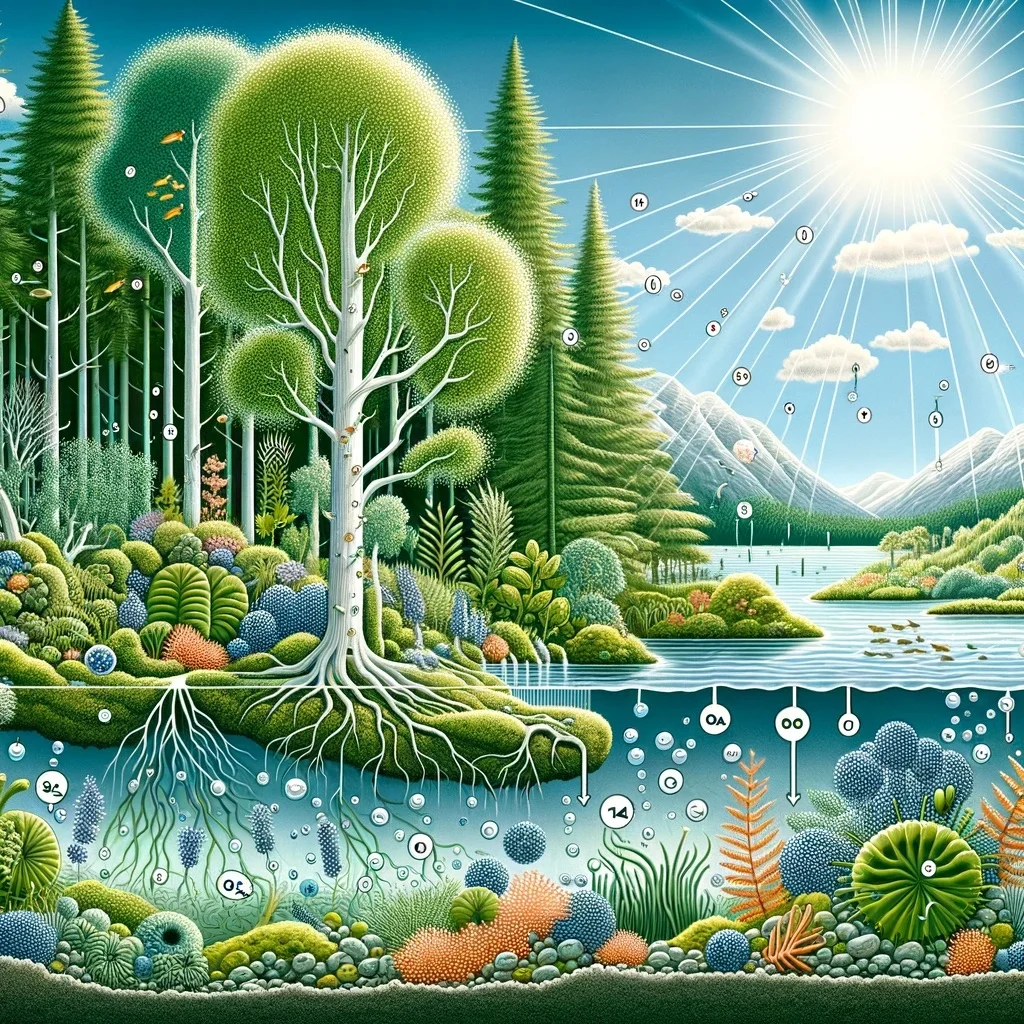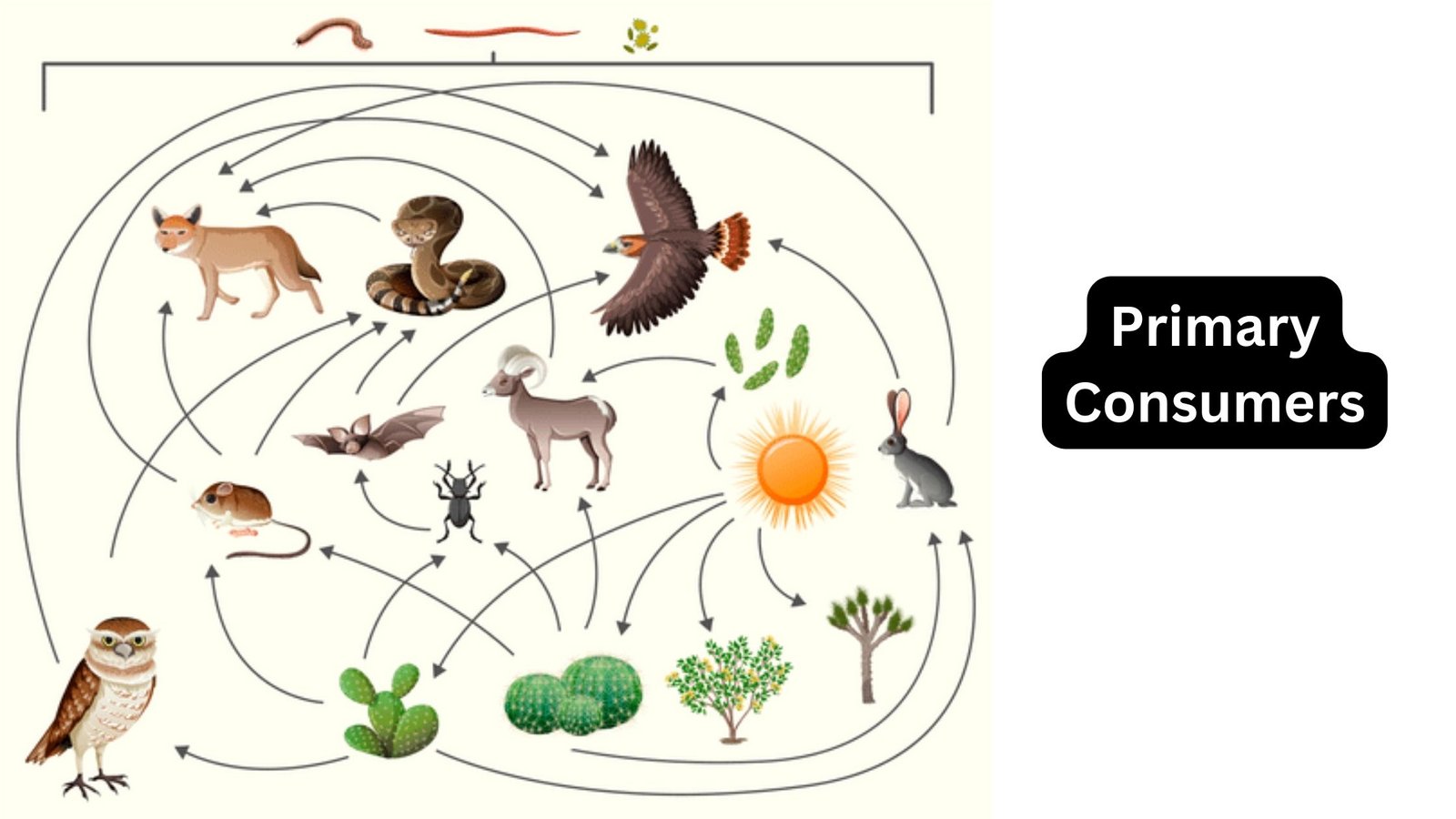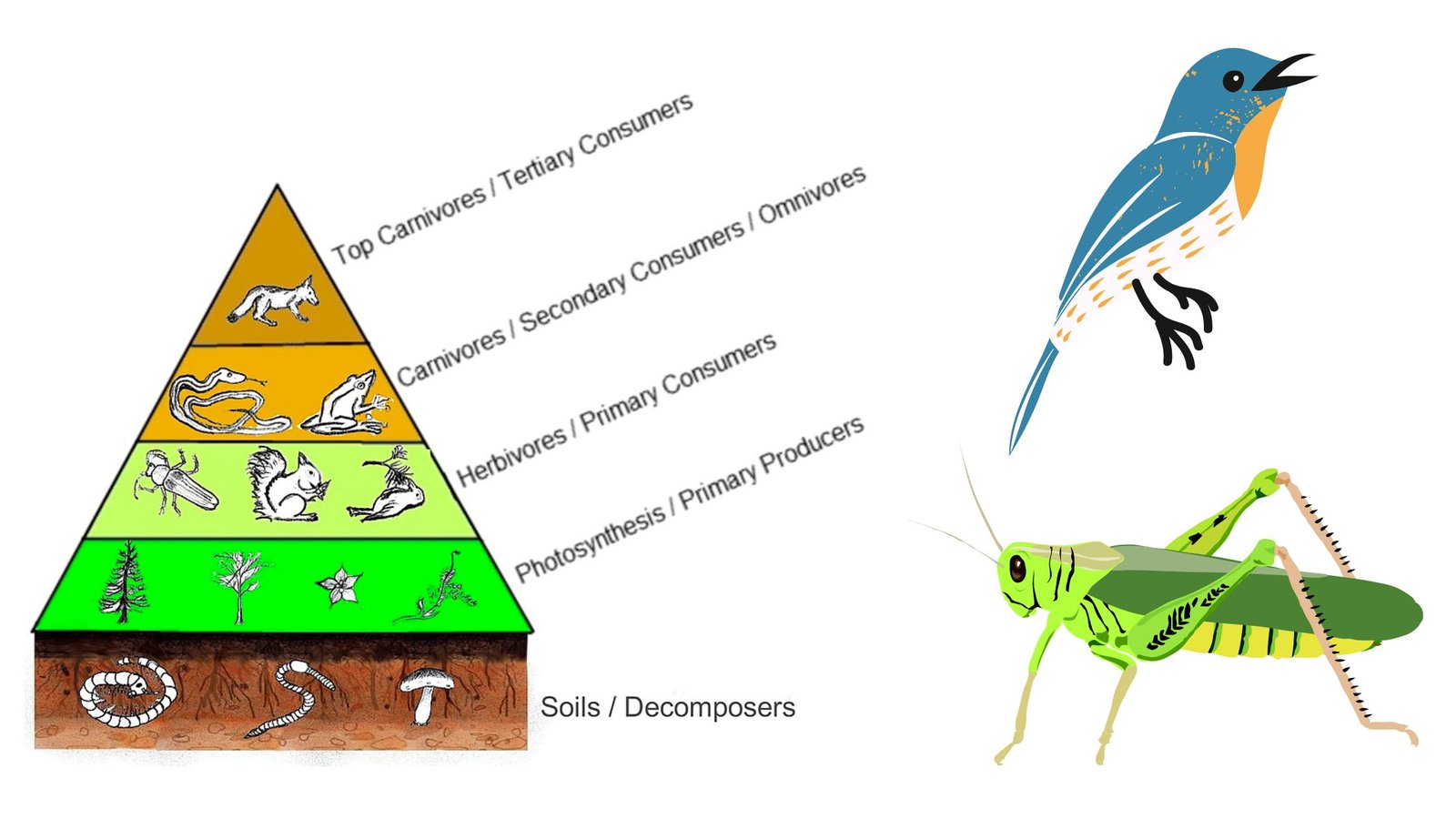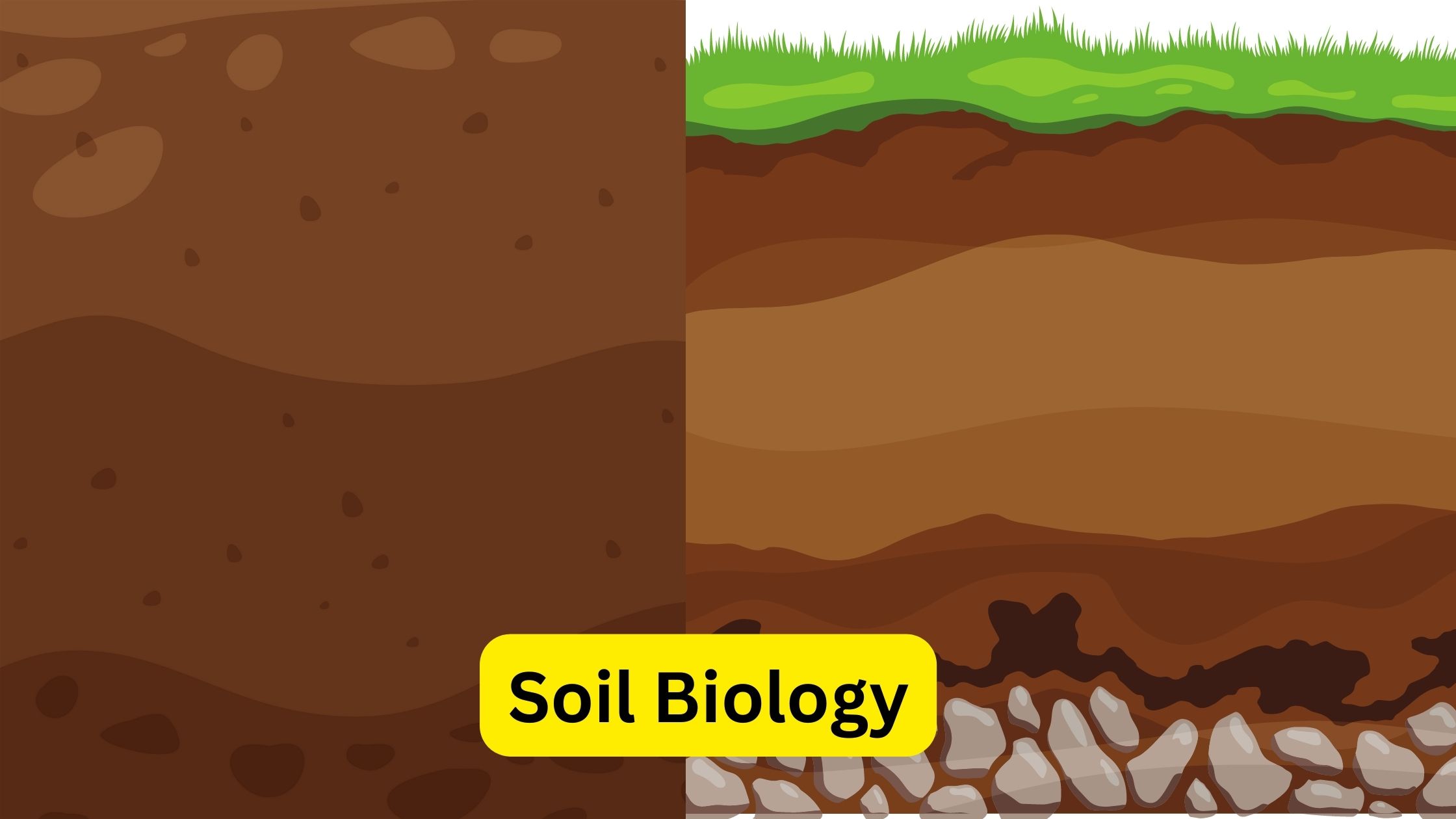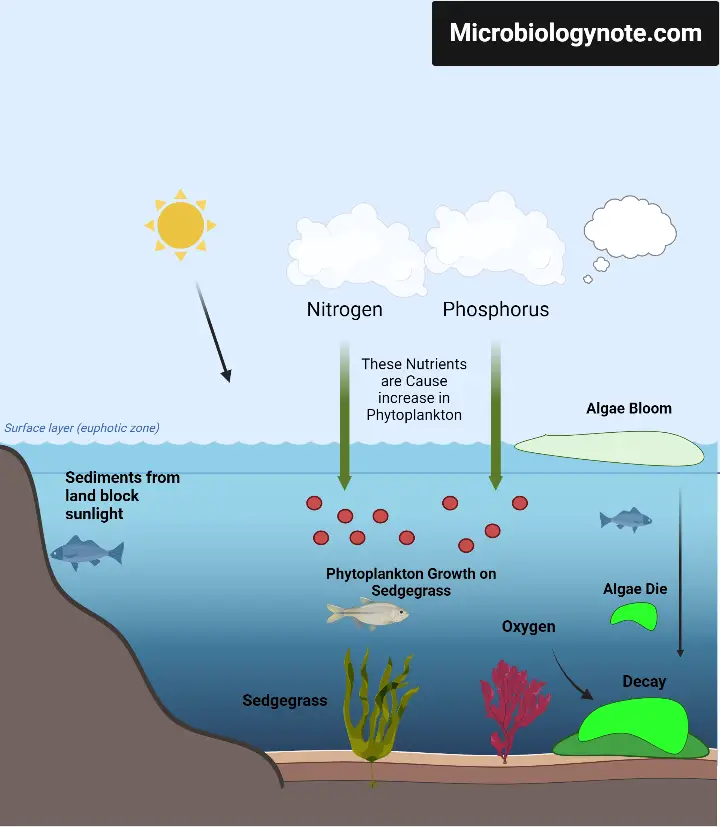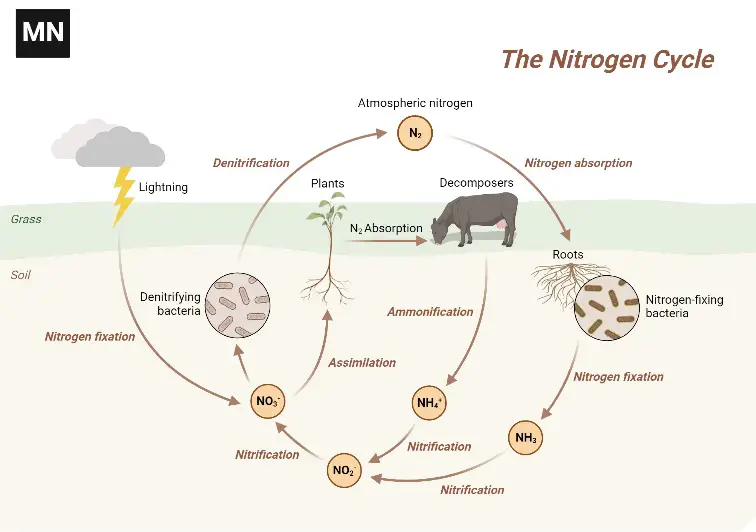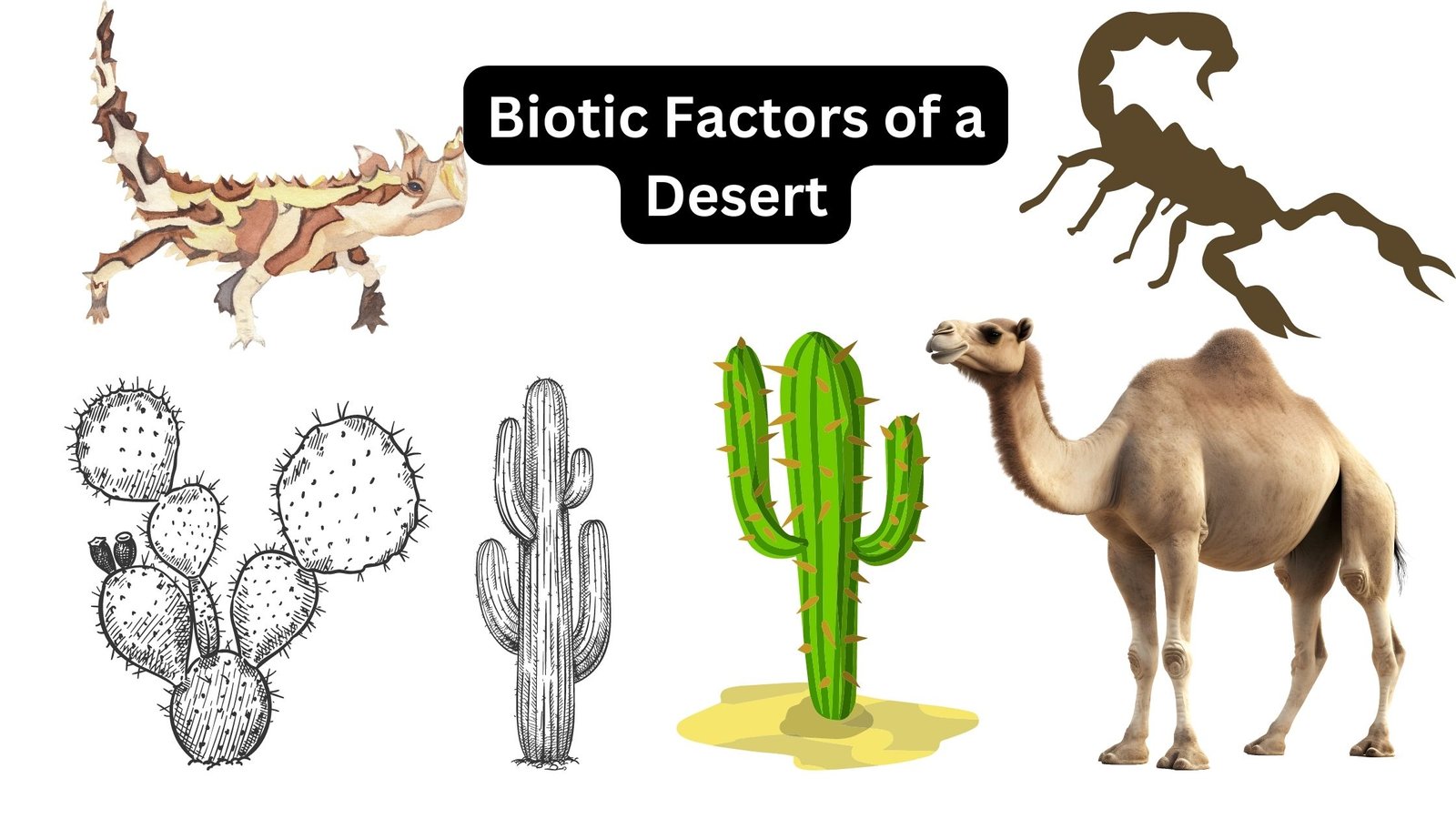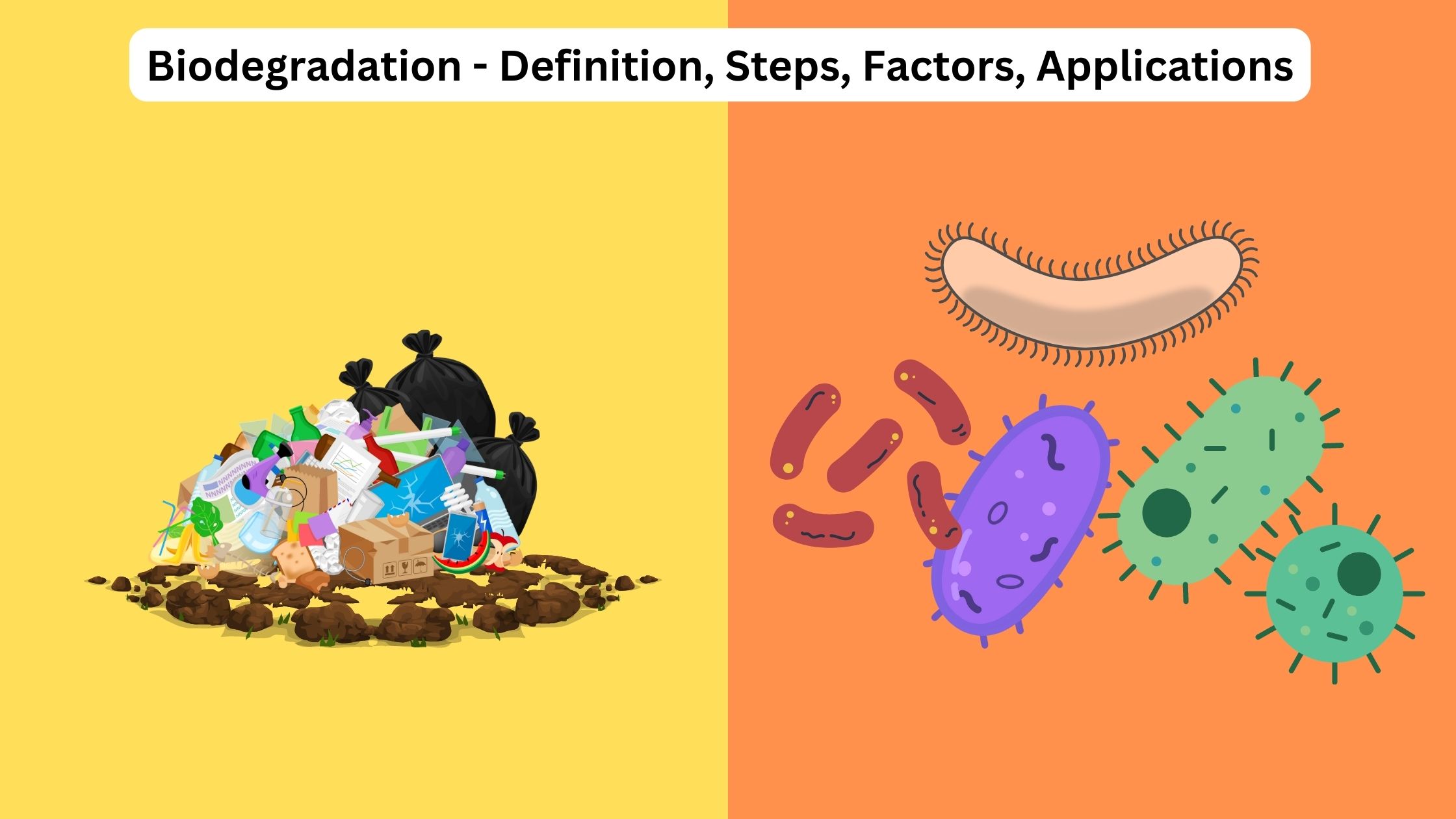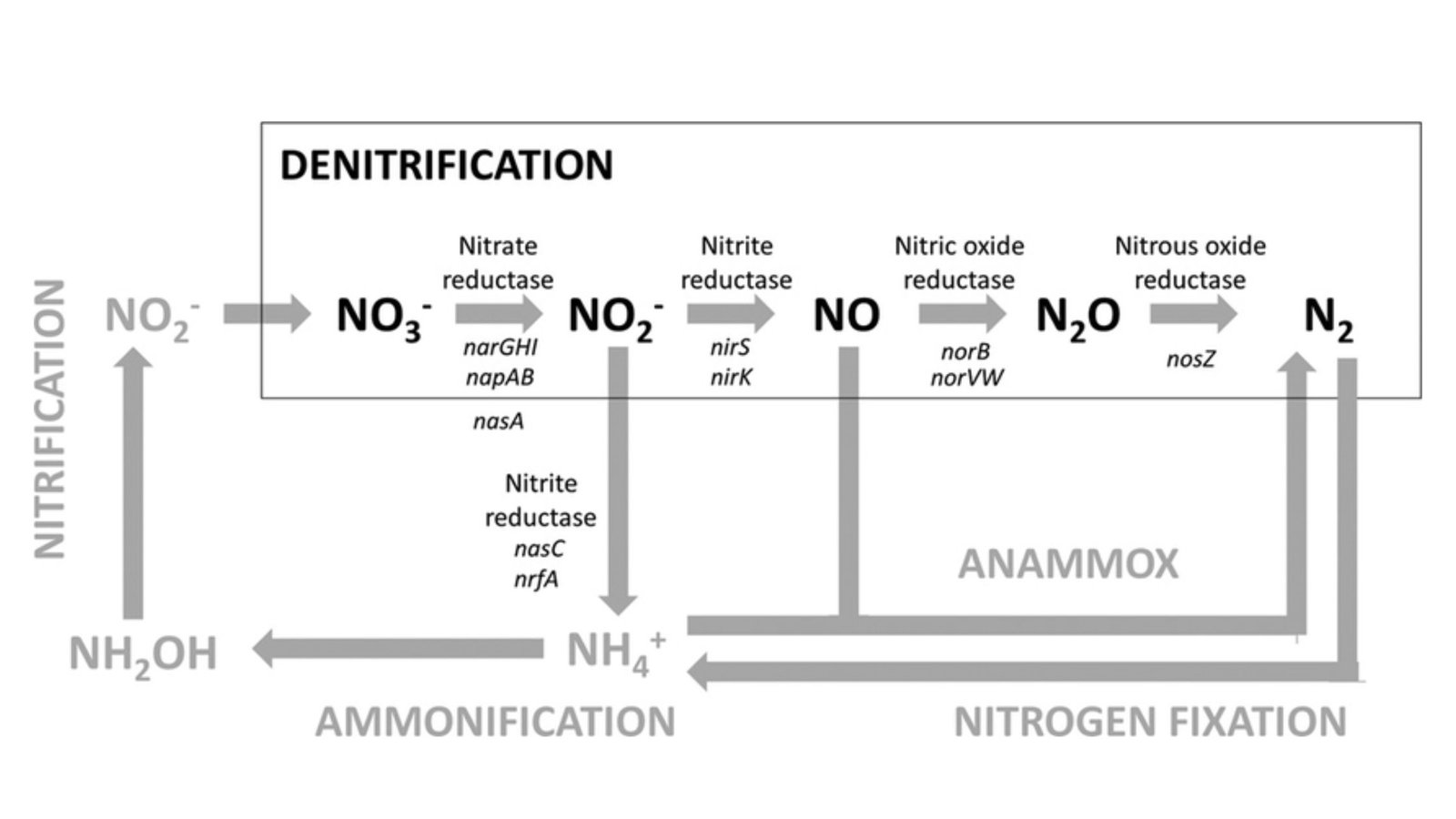Carbon Fixation – Process, Pathways, Importance
What is Carbon Fixation? Carbon Fixation Definition Carbon fixation is a biological process where atmospheric carbon dioxide (CO2) is converted into organic compounds, primarily by plants, algae, and certain bacteria. This process is a key component of photosynthesis, enabling the incorporation of inorganic carbon from the atmosphere into organic molecules like carbohydrates, thereby playing a … Read more
